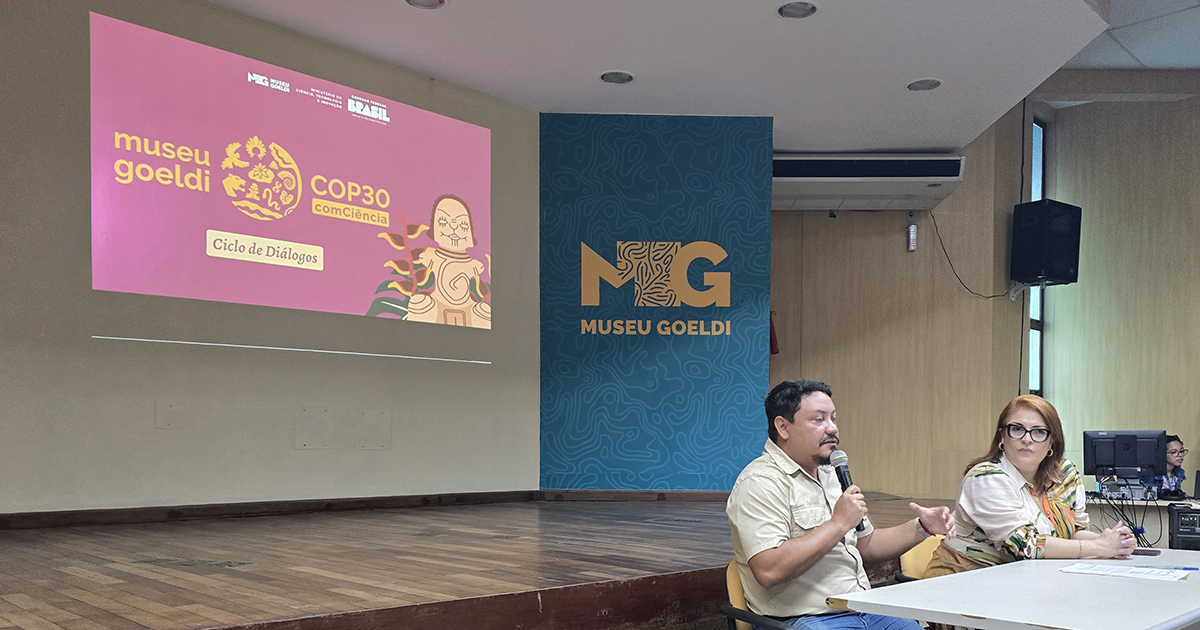Land use change in South America, mainly deforestation, is a large source of anthropogenic CO2 emissions. Identifying and addressing the causes or drivers of anthropogenic forest change is considered crucial for global climate change mitigation. Few countries however, monitor deforestation drivers in a systematic manner. National-level quantitative spatially explicit information on drivers is often lacking. This study quantifies proximate drivers of deforestation and related carbon losses in South America based on remote sensing time series in a systematic, spatially explicit manner. Deforestation areas were derived from the 2010 global remote sensing survey of the Food and Agricultural Organisation Forest Resource Assessment. To assess proximate drivers, land use following deforestation was assigned by visual interpretation of high-resolution satellite imagery. To estimate gross carbon losses from deforestation, default Tier 1 biomass levels per country and eco-zone were used. Pasture was the dominant driver of forest area (71.2%) and related carbon loss (71.6%) in South America, followed by commercial cropland (14% and 12.1% respectively). Hotspots of deforestation due to pasture occurred in Northern Argentina, Western Paraguay, and along the arc of deforestation in Brazil where they gradually moved into higher biomass forests causing additional carbon losses. Deforestation driven by commercial cropland increased in time, with hotspots occurring in Brazil (Mato Grosso State), Northern Argentina, Eastern Paraguay and Central Bolivia. Infrastructure, such as urban expansion and roads, contributed little as proximate drivers of forest area loss (1.7%). Our findings contribute to the understanding of drivers of deforestation and related carbon losses in South America, and are comparable at the national, regional and continental level. In addition, they support the development of national REDD+ interventions and forest monitoring systems, and provide valuable input for statistical analysis and modelling of underlying drivers of deforestation.
Download:
DOI:
https://doi.org/10.1088/1748-9326/10/12/124004
Dimensions Citation Count:
























